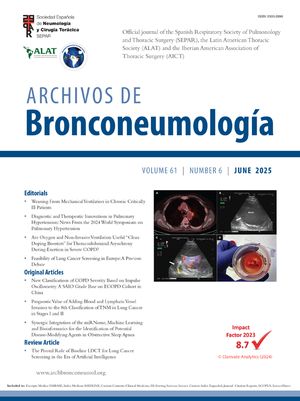
The current Coronavirus Disease 2019 (COVID-19) pandemic has taken a toll on the mental and physical health of the frontline healthcare workers. Being Pulmonary and Critical Care physicians, we daily encounter several queries from patients, relatives and our colleagues regarding how to keep ourselves physically fit during this time. However, we often under-recognize the severity of physical stress being faced by the frontline healthcare workers working in personal protective equipment (PPE) and using particulate filters for a prolonged duration. Herein we describe the experience of a 31-year-old critical care physician that highlights the degree of physiological changes that may occur in these extreme working conditions. We also highlight the important precautions that may be necessary for the mitigation of these complications.
This 31-year-old physician, a third-year pulmonary and critical care fellow has been working regularly in the intensive care unit (ICU). Since the pandemic started, we all took necessary infection control precautions and have started using personal protective equipment in the form of coverall gowns, N-95 masks and face shields during regular duty shifts. This is important as we have faced the situation of COVID-19 positivity in unsuspected patients in our ICU, though ours is a designated non-COVID ICU. In the initial two days of the shift with PPE use, he realized that he used to develop a severe headache, starting just a few hours into the six hours duty shift. This headache was one of the worst headaches of his life. As headache is considered an important symptom of COVID-19, he got worried. After discussing with the colleagues and going through some articles, he found that dehydration is common with PPE usage. He started drinking more water before the shift as well as throughout the day, with no relief. Then he came across this issue of rebreathing and carbon dioxide (CO2) retention with the usage of N95 masks. He decided to go for a blood gas analysis to find the cause of his new-onset headache. The blood pCO2 level before donning the PPE was 42mmHg, and it had increased to 70mmHg at the end of six hours shift (pH dropped from 7.36 to 7.25) suggesting acute respiratory acidosis. PPE included a full coverall based gown, shoe covers, face shield and a well-fitting FFP-2 mask. He repeated blood gas analysis a day after to be sure it was not a lab error and got similar results. Increasing serum sodium levels (138mEq/L before donning and 153mEq/L after doffing) were also found likely due to dehydration. He was perplexed as he has always been a healthy man, although his weight was on a higher side of the scale (body mass index 29.8kg/m2). He had never smoked in life nor had any respiratory symptoms. So, this was considered related to PPE usage, especially the N95 mask, which may lead to rebreathing. To assess the functional response of respiratory system, we performed maximum voluntary ventilation which was 90% of the predicted value. The P0.1 manoeuvre was also performed which revealed the P0.1 varying from −1.3 to −3.7 during tidal respiration which was normal. He switched on to the use of an N95 respirator with a valve and symptoms improved, and now he could undertake the duty shift without symptoms.
We wish to highlight a few important lessons from this experience. The healthcare workers (HCWs) face physical stress related to PPE use, especially in warm, humid environment settings. Air handling with centralized air conditioning providing adequate air exchanges is scarce in most healthcare settings. Most facilities consider turning off the central air conditioning, and this can make the working conditions extremely draining for the staff working in PPE with particulate respirators. There is a need to sensitize frontline care providers on the possible symptoms of hypercapnia as well as dehydration to prevent inadvertent complications.
Secondly, such symptoms in a subgroup (maybe those who are overweight) may suggest that they are prone to hypercarbia. HCWs should report these symptoms and may need to doff in between the shift in case symptoms start hampering with work. A study by Roberge et al. found one hour as a safe period of wearing an N-95 mask, but one-hour duty shifts is not a feasible option, and we have work shifts at least 4–6h.1 Such symptoms may also lead to behavioural disturbances such as wearing loose masks or removing the mask in-between, which may put the person as well as the colleagues at a higher risk of getting infected.2 One important detail which is not yet known is whether the repeated occurrence of these hypercapnic episodes has any long-term effects.
Lastly, since chronic stress is known to affect our immunity, we should try to allay all possible work-related anxieties amongst our community in this COVID era. We want to re-iterate the phrase “Save the Saviors” or as American Heart Association says the first step before saving a patient is scene safety, i.e. save yourself before you try to save someone else.
Financial disclosuresNone of the authors have any financial disclosures.
Conflict of interestNone of the authors have any conflict of interest.









